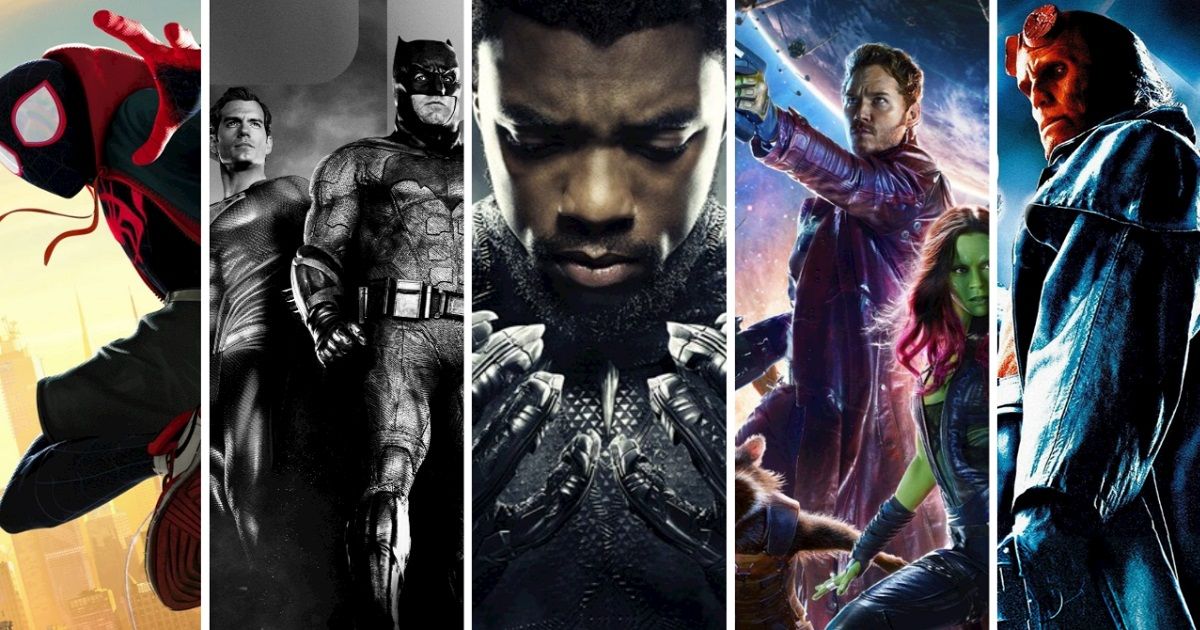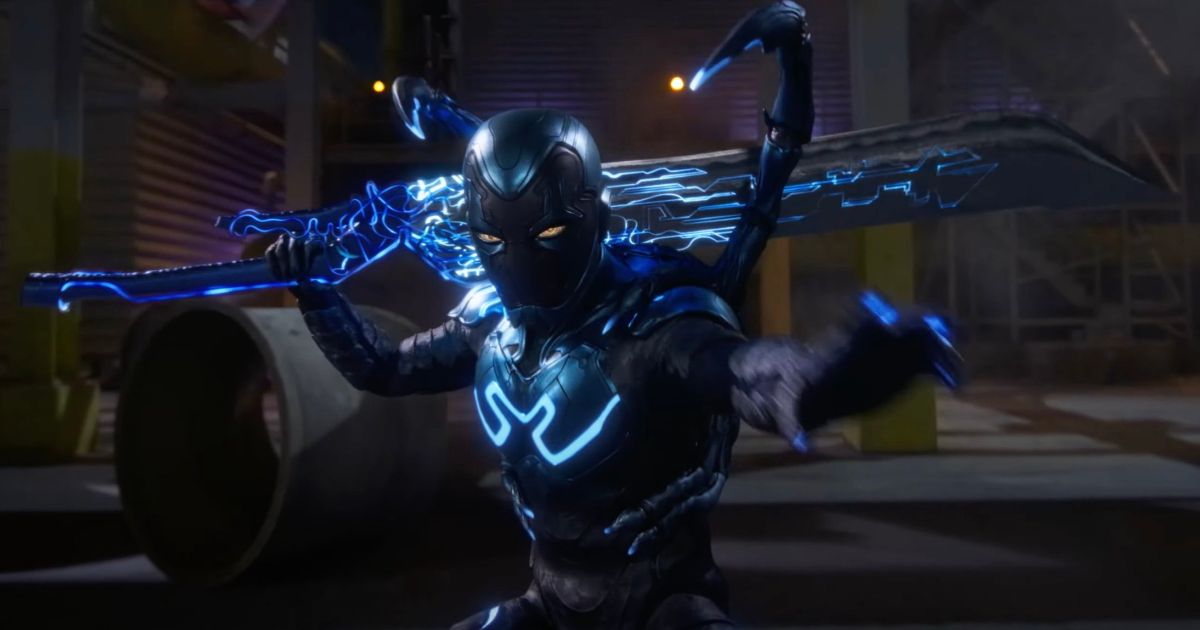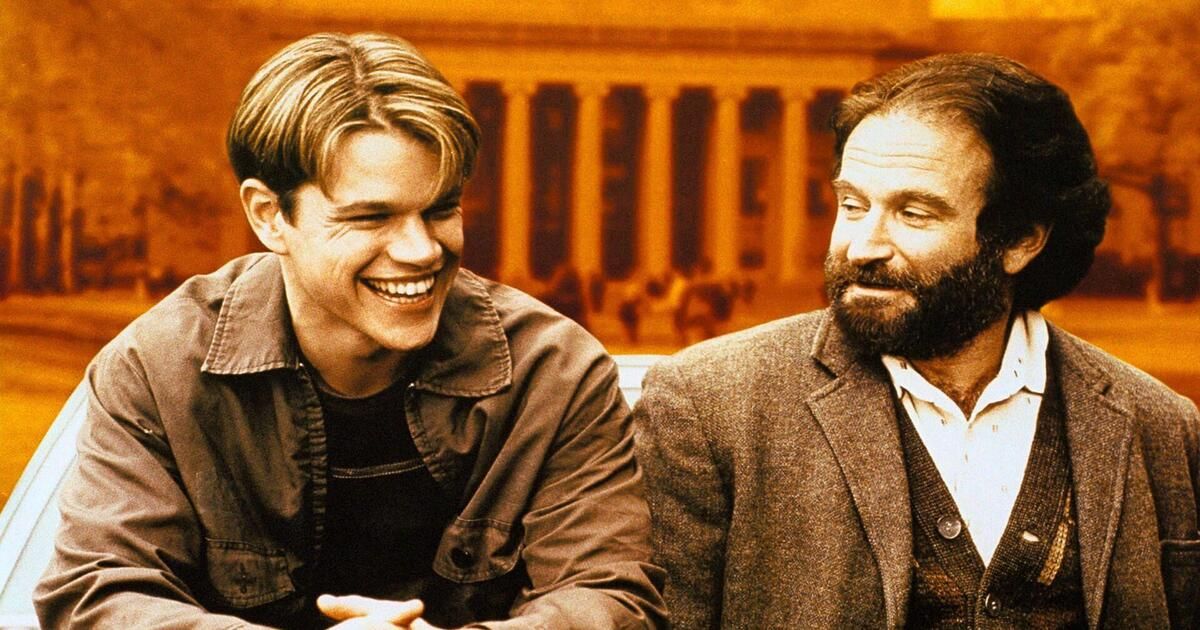Summary
- Superhero films often prioritize big CGI fights and flashy scenes over plot and character development, but the real meat of a good movie lies in the calmer, character-building parts.
- Blue Beetle, a recent superhero film, won over critics with its strong character development and family connections, proving that the superhero genre can deliver substance beyond spectacle.
- The key to a good film lies in caring about the characters and feeling a connection to the protagonist's fate, qualities that can be found outside the superhero genre as well. Superhero movies need to focus on these elements to keep their audience engaged.
Superhero and comic book films have come to dominate our media. Even when we’re not watching them, we’re reading about them. They make so much money they regularly appear in headlines. And whether they're popular or not, everyone is sure to hear about the success or failure of the latest Marvel movie.
People often think of superhero films as weak. And so they should. More often than not, they’re filled with special effects that substitute for an effective plot or complex characters. It’s not hard to see the differences between Michael Bay and Paul Thomas Anderson. But for all the flak that Marvel and DC movies take, they are sometimes the sweet outer coating that hides the chocolatey center of a good film. Superhero movies could accidentally teach their fans what a good movie is.
At this point in their lifespan, the tropes of superhero films have become so predictable that it isn’t hard to separate the superhero part from the film part. We see big CGI fights and massive explosions, and then we go to the calmer parts that build the characters and create the meat of the real story. It’s these parts of the movie that often determine their success, and you can see them across genres.
The Meat vs. the Potatoes
The parts of a superhero movie that make it a superhero movie aren’t necessarily the parts that make it a good movie. You could take a CGI fight from one film and put it next to another, and they would be almost indistinguishable. Perhaps once they were used as a metaphor for the protagonist’s inner struggle, but we are far removed from the days of The Dark Knight trilogy when a fight might represent something else. The things that define these characters and make up the meat of the story, as it were, normally happen separately from the big, expensive, flashy scenes.
In a recent example, Blue Beetle, while not making any impressions at the box office, won over critics with its strong character-building and family connections that inspired empathy in audiences. Critics everywhere echoed the fact that the film was driven more by this than anything the superhero genre could have had to offer. The Guardian said:
“Cinemagoers could be forgiven for suffering from superhero fatigue of late, with outings such as Black Adam, The Flash, Ant-Man and the Wasp: Quantumania and Shazam! Fury of the Gods failing to match spectacle with anything vaguely approaching substance. This latest offering from DC (and its extended universes) is a little different, focusing on a believable Latino family whose lively interaction really powers the drama.”
Of the films they mention in comparison, those other superhero films that have failed to delight over the past year, Quantumania is the only one that could have also had similar praise. It also focused on a family, albeit a family of super people, but instead of any connection we were meant to feel between the Ant-Man family, we were given a massive computer-generated environment and colorful lights like we’d never seen.
Instead of building any believable connection between characters in this movie, we were meant to rely on previous sequels and other films in the Marvel universe to have our empathy pre-established before walking into the theater.
What Makes a Good Film?
Blue Beetle can teach comic book filmgoers what a good film is by showing them how it’s more enjoyable compared to other movies of its kind. Fans will eventually be attracted to the same type of films outside of the superhero genre and notice that what they like about a movie is caring about its characters and feeling something parasympathetic about the fate of the protagonist.
In superhero movies, we watch our favorite super-powered protagonist struggle against the forces of evil. Inherent Vice gives us the same thing, but without superpowers and with a far more nuanced plot and better-drawn characters. Superhero film fans have the ability to grow out of their fascination with epic fights and enjoy the real part of the film the best. Those interactions and sympathetic characters are the real force behind the movie's drama.
Iron Man shows a greedy, uncaring man decide to change his life after a traumatic experience and become good. It’s essentially A Christmas Carol but without the ghosts. We love to see characters change themselves to overcome challenges. It’s why we like A Knight’s Tale or Good Will Hunting.
All superhero movies have to do is remove the iron suit, and we have the stories that make us fall in love with films in the first place. Not to say that watching someone fly around in a robotic suit firing deadly beams out of their hands isn’t fun, but superhero movies need to learn that this isn’t the only thing their audience wants out of a film. And the audience needs to understand that what they’re looking for extends beyond the superpowers as well.



